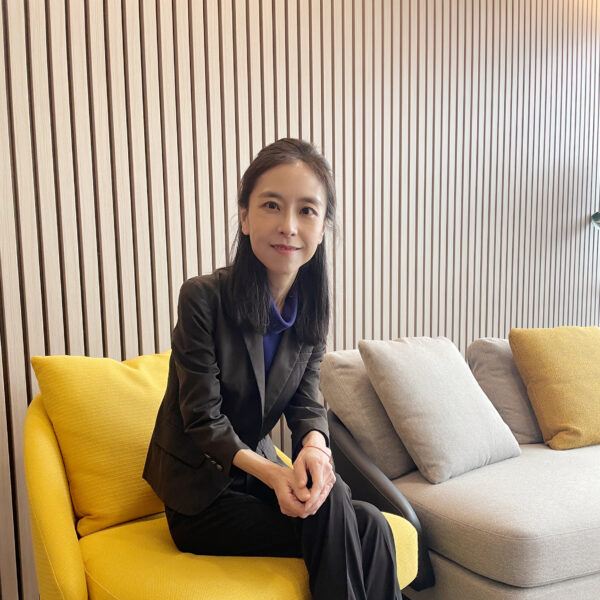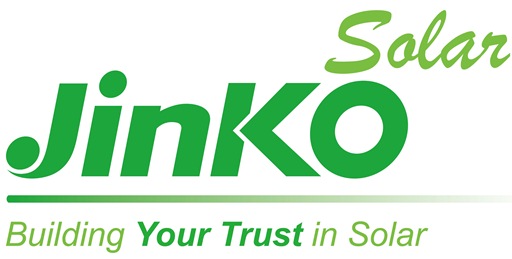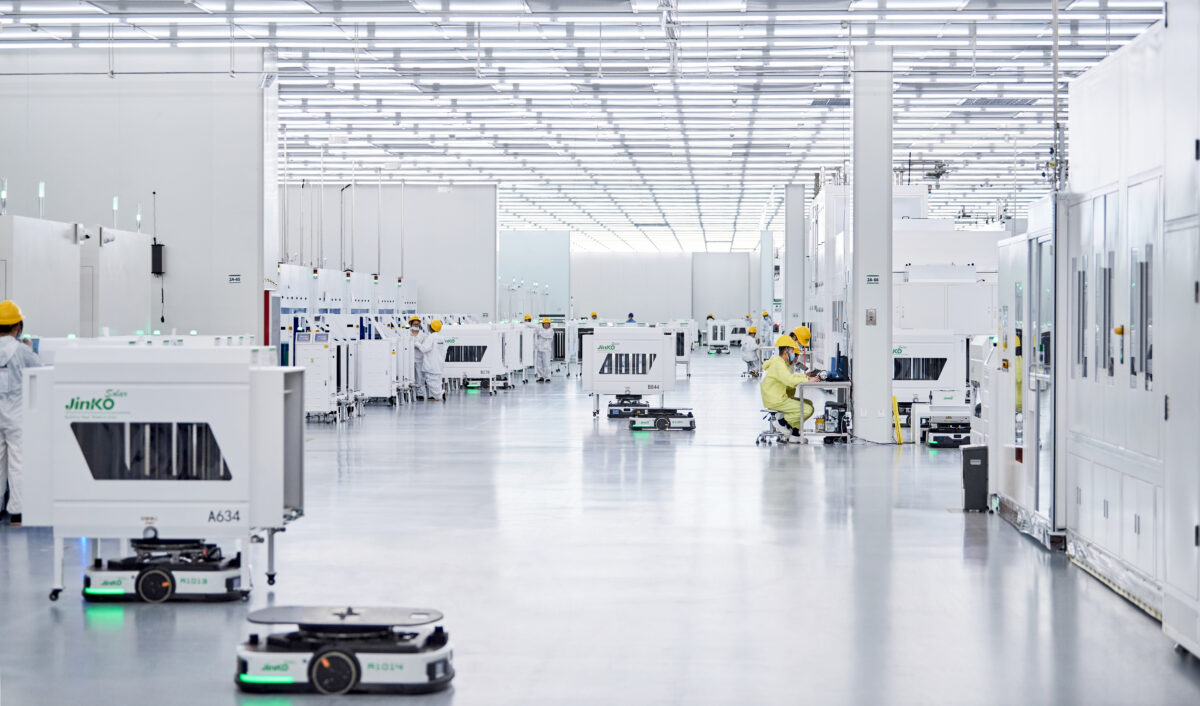Could you please briefly recap JinkoSolar’s highlights for 2022?
Dany Qian: In 2022, JinkoSolar delivered over 44.5GW of solar panels (including 10GW of our n-type Tiger Neo modules), representing 87% YoY growth for n-type panels. It was our best year ever on every level in the face of massive difficulties like soaring polysilicon prices, forced shutdowns, very high interest rates, and many delivery challenges.
Can you elaborate on the trends in orders for n-type products so far this year and how they compare to current production rates?
Dany Qian: With respect to the n-type Tiger Neo module, it is expected to reach a 60% share for the year to date. This is a huge milestone for the PV industry, as almost all tier 1 players are currently transitioning to n-type TOPCon modules. We’ve seen strong demand so far, and we are currently seeing orders at almost twice the rate of production.
Will JinkoSolar raise the price of its Tiger Neo products at all in response to the high demand?
Dany Qian: That is currently not in our plan, but we will definitely give priority to those customers who secure their orders earlier. We are ramping up production of our n-type products, and we expect manufacturing to grow at a much faster rate this year.
Do you think the price gap for the n-type versus the p-type module really matters when customers make a model selection?
Dany Qian: Rather than focusing on the cost per watt, what really makes a difference for a vast number of customers nowadays is energy density, the rated power, and generation performance (kWh per kW). We're also making very good progress on cost control commensurate with the growth in production.
What’s the ratio of n-type TOPCon capacity to sales in your 2023 plan?
Dany Qian: We are taking the view that we want to keep making and selling as many Tiger Neo modules as we can. We believe we can keep pushing for strong volume growth while retaining the industry's best n-type products in every category. And really, R&D and manufacturing technologies will be our most important long-term strength.

Image: JinkoSolar
Will JinkoSolar be able to take full advantage of the advanced manufacturing production capacities for the n-type TOPCon module?
Dany Qian: I think we're pretty well-positioned to take advantage of n-type TOPCon technology becoming mainstream over the coming years.
What sorts of enhancements can we expect to see in JinkoSolar’s Tiger Neo products?
Dany Qian: We are looking at mass-produced module efficiency over 23% on average in the near future, as well as a rated power output of up to 615 watt-peak (Wp) for 72 cells. JinkoSolar also expects to further reduce the temperature coefficient, along with other technological advancements.
More from our partners
When comparing PERC versus n-type TOPCon technologies in commissioned projects, more and more of the results recently published show the average yield gain in the real-world, outside conditions exceeding 5%, which is higher than the theoretical value simulated in the testing lab. Is this one of the reasons demand is being driven higher?
Dany Qian: Every time we sell a Tiger Neo panel, it has the ability to provide an all-around improved reliability and performance for any scenario ─ just from its higher efficiency, the increased capacity (watts) per square meter, and the additional power generated (kWh) per watt. And we expect the value and yield gain for n-type over p-type products will grow as time goes on.
As more competitors are able to offer n-type TOPCon panels and competition in this area increases, does JinkoSolar have any cost reduction plans in place?
Dany Qian: Our 2023 goal as a factory team is to deliver a cost-effective ramp up for n-type products well ahead of our competitors. The areas we are focusing on include improving the efficiency and rated power of panels, tightly controlling the quality of the supply of high-volume materials, and driving factory process yields up as much as possible.
Do you expect any headwind in 2023?
Dany Qian: On the raw materials and inflation side ─ where the price of polysilicon is the large driver and could be a meaningful source of increased costs for us ─ we'll have to see where polysilicon prices continue to go in Q2. And we're not only exposed to the fluctuations of polysilicon prices, but also to the costs of high purity quartz crucibles. It is certain that we will continue to find ways to offset any increases in these raw material costs.
As the world transitions from p-type to n-type, will it have an impact on your margin levels?
Dany Qian: We have priced our products with a view toward a longer-term cost structure. And we expect our margins to remain healthy over the course of the rest of the year.
The questions and responses in this sponsored interview article were provided by JinkoSolar.
This content is protected by copyright and may not be reused. If you want to cooperate with us and would like to reuse some of our content, please contact: editors@pv-magazine.com.



1 comment
By submitting this form you agree to pv magazine using your data for the purposes of publishing your comment.
Your personal data will only be disclosed or otherwise transmitted to third parties for the purposes of spam filtering or if this is necessary for technical maintenance of the website. Any other transfer to third parties will not take place unless this is justified on the basis of applicable data protection regulations or if pv magazine is legally obliged to do so.
You may revoke this consent at any time with effect for the future, in which case your personal data will be deleted immediately. Otherwise, your data will be deleted if pv magazine has processed your request or the purpose of data storage is fulfilled.
Further information on data privacy can be found in our Data Protection Policy.